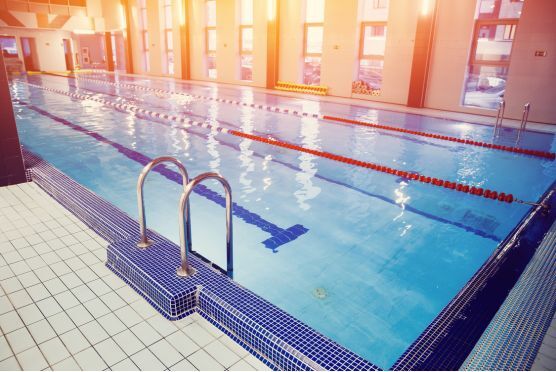Reducing energy use in nurseries and day care without disruption
You feel the squeeze every month. Heating needs to stay on, rooms must stay cosy, meals need cooking and laundry never stops. Children come first,...
3 min read
 Stephanie Beadling
Nov 19, 2025 9:41:11 AM
Stephanie Beadling
Nov 19, 2025 9:41:11 AM

Energy prices and parent expectations haven’t eased. The way through isn’t a glossy pledge; it’s simple, visible actions that save effort and teach good habits, things families notice and inspector’s respect.
Parents look for care in the small details. Publishing a simple one-page plan and showing how you run warm, well-lit rooms without wasting energy builds confidence. The Department for Education (DfE) expects all settings to nominate a sustainability lead and have a climate action plan, this is now standard practice, not something on the horizon.
Regulators want safe, fit-for-purpose premises. The Early Years Foundation Stage (EYFS) statutory framework anchors duties around health, safety and suitability of spaces. Good controls, maintenance logs and sensible temperatures help you evidence that standard without extra paperwork.
Children learn from what they see. The DfE’s strategy says the buildings they use should bring sustainability to life and notes that education buildings are a large share of public-sector emissions, so every small improvement counts.
Use the DfE idea of a climate action plan, but keep it short and practical:
Fresh air keeps people alert and reduces the spread of bugs. A small CO₂ monitor (£60–£100) tells you when to bring in more air. Use these easy targets from Building Bulletin 101 (BB 101):
Once the basics are working, step up gradually:
Get in touch and we’ll talk through your current energy use and help you shape a clear, sensible plan for your setting, so you can keep children comfortable and families confident.

You feel the squeeze every month. Heating needs to stay on, rooms must stay cosy, meals need cooking and laundry never stops. Children come first,...

You juggle safety, warmth, happy faces, staff rotas and a budget that never stretches quite far enough. Energy prices and parent expectations haven’t...

Long hours, temperature-sensitive spaces and constant pressure on service can leave energy low on the to do list. Still, when comfort slips, guests...